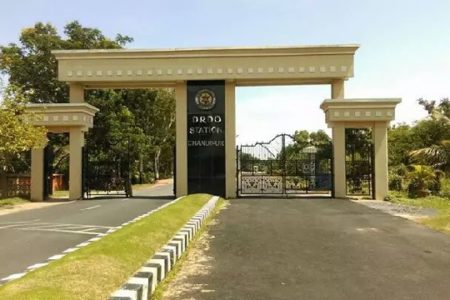
Hyderabad, Aug 7: Breastfeeding plays a crucial role in ensuring the development and proper growth of a child. Though everyone has a right to make decisions about breastfeeding, the World Health Organisation (WHO), has recommended breastfeeding until a child turns two years old.
The first week of August is celebrated as national breastfeeding week during which campaigns are conducted with an aim to educate the public about the importance of breastfeeding, breastfeeding at work places and maternal rights.
This year’s theme for Breastfeeding Week is “Making breastfeeding and work, work!”. Research by the WHO shows that fewer than half of the infants under six months are breastfed and less than 20 per cent of countries have employers who provide employees with paid leave and maternity care. Women need to ideally have 18 weeks of paid time off, support for dedicated time and space to
breastfeed the baby.
According to Dr Aparna C, Clinical Director Neonatology & Senior Consultant Neonatology and Pediatrics, KIMS Cuddles, Kondapur, Secunderabad, “With the support of WHO and UNICEF and, many partners are coming together to speak and spread awareness about breastfeeding, support
in the communities, human rights and ecology. They aim to increase the health and welfare of the baby, as well push the maternal rights and health.
“Mothers who may have always wanted to breastfeed their babies can receive resources. In the current lifestyle patterns, women may not be able to breastfeed because of work schedules and other challenges, does not mean breastfeeding is not an accessible option. Also, research shows that women who breastfeed their children are less likely to develop postnatal depression.”
Dr Geetha Suryadevara- Consultant Gynaecology and Obstetrics, SLG Hospitals observed that there are different ways to observe breastfeeding. “This week is perfect to promote the benefits of breastfeeding on social media. There are many support groups where new mothers can discuss their experience and concerns regarding breastfeeding. This helps aspiring mothers overcome
their fears. Though 96 per cent of mothers are breastfeeding from the first hour of birth, only 15 per cent of mothers are feeding exclusively later.
“A lot of modern women are faced with societal pressures that can interfere with breastfeeding, but there is a 35 per cent significant increase in women who are breastfeeding their child and it steadily needs to meet the global goal of 50 per cent by 2025. This year’s theme relates closely to modern women trying to find their ground in their new motherhood. Government has passed very supportive laws for women to utilize their maternity leave.”
According to Dr Sridevi Kodiganti, Consultant Obstetrician and Gynaecologist, Amor Hospitals, in India maternity benefit care act requires employers to give paid time off until the child reaches the age of 15 months. Though breastfeeding is a cultural norm in India, most of the working mothers in India still find it to be a challenge.
“The lack of breastfeeding facilities is what makes mothers switch to formula milk. Thirty-four per cent of working women find the lactation facilities to be the biggest challenge, while 17 per cent have expressed unsupportiveness from their bosses. This shows that the culture of breastfeeding might still be a new challenge that needs to be addressed by all organisations. By turning an empty room/cabin in the office into a nursing room can prove extremely beneficial to many working
women. Providing pumping centres, maternal kits and practicing sensitivity in the team can help moms work productively. There can also be few psychological challenges, pressure to relieve the body from milk leaks, security concerns etc can decrease productivity,” she said.
Talking about the benefits of breast milk, Dr Kada Rama Devi, Director-Obstetrics & Gynaecology, Century Hospital said, “There are numerous benefits and nutrients to breast milk over packaged milk. Breast milk is rich in protein, and is best for baby’s brain growth and nervous system development. It also helps the baby’s eyes work better.
“It has several disease fighting factors and antibodies that help fight infections and diseases like leukemia. Breastfeeding also helps moms reduce risk of breast or ovarian cancer and helps lose pregnancy weight faster. Most of the working moms refrigerate their milk, to help feed the baby during or after working hours. This helps its calories and protein stay intact,” she added.






